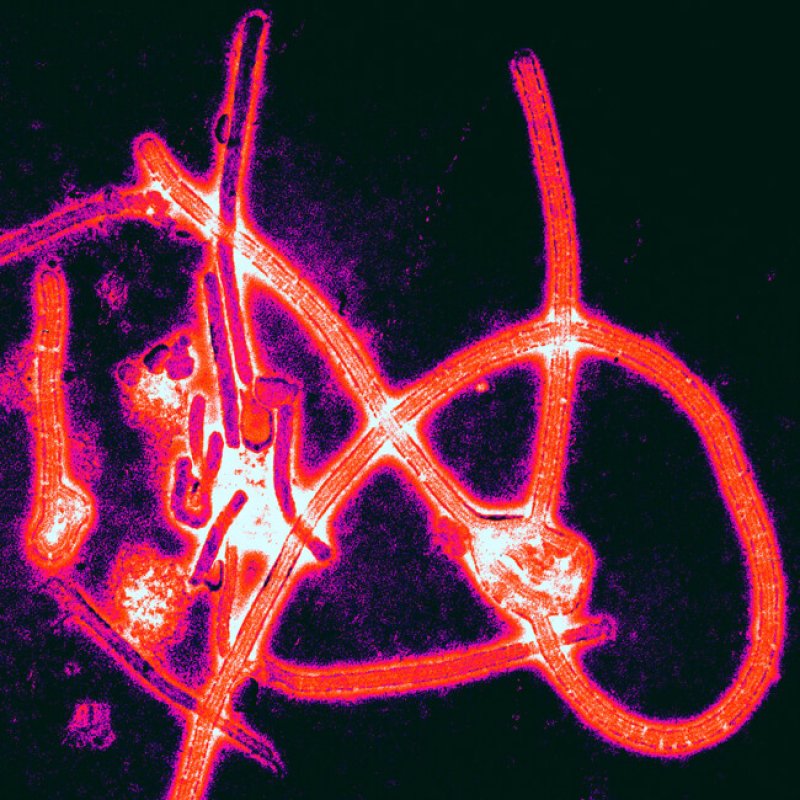For health workers returning from Ebola-stricken regions, a test that diagnoses Ebola before symptoms manifest could save unnecessary time in quarantine. The GLP recently explored the benefits of a new test that can return results in as quickly as one hour; however it can only be used for diagnosis after the patient is symptomatic and contagious. A new study at Boston University has revealed that individuals with hemorrhagic fevers similar to Ebola are identifiable using genetics before they become contagious, a potential game-changer in Ebola detection.
The study, conducted jointly by the Boston University School of Medicine and the US Army Medical Research Institute, detected early and unique transcription of RNA by white blood cells. White blood cells play an important role in the immune system, and it’s not surprising that they might be more sensitive than even our best detection methods to the presence of a pathogen like Ebola and the agents behind other hemorrhagic fevers. So they monitored white blood cells exposed to Marburg and Laasa – hemorrhagic fevers related to Ebola – and found evidence of an immune reaction as early as 3 days after infection. Symptoms may take up to 10 days to manifest. The fact that Ebola is only detectable at later stages, once the individual is displaying symptoms and already contagious, is one of the elements that makes it such an insidious opponent for clinicians. Furthermore, the researchers were able to differentiate between Lassa and Marburg, which implies that Ebola may have a unique signature in terms of immune response as well. It’s not hard to imagine how catching Ebola before it was transmissible could significantly cut down its ability to spread.
Previous approaches were more direct, attempting to look for Ebola by looking for evidence of its own genetic activity. Genetic tests are already becoming widespread as tools of diagnosis and detection. Genetic analysis can differentiate between viral and bacterial infections, preventing unnecessary use of antibiotics. Genetic tests also determine the extent of viral presence in patients under treatment for HIV and hepatitis C and can check whether the viruses have mutations associated with drug resistance. However, the Ebola virus and its kin are extremely irregular, making direct detection – even through genetic analysis – extremely difficult. This study’s key insight is in leveraging gene expression in white blood cells to side-step the irregularity, using indirect evidence of immune response to catch hemorrhagic fevers that would evade traditional approaches to detection.
While efforts to decipher the genetic nature of Ebola are important in understanding its development and spread across space, time, and species, there’s a pressing need better detection in terms of containing the spread of the disease. If the new approach to testing works, conducting these tests at a large level for villages in Sierra Leone, for example, could be used to give medical teams almost a week-long heads-up before patients became symptomatic to isolate them and prepare treatment. The new methodology proposed by this study may be a long way from clinical practice, but it presents a promising and unique approach to using genetic analysis and our body’s built-in pathogen-detection equipment to catch Ebola and other hemorrhagic fevers before they can spread.
Lakshmi Santhosh is a writer for the Genetic Literacy Project.
Additional Resources:
- Gene Analysis May Help Spot Ebola-Like Illnesses before Symptoms Appear, US News & World Report
- Genetic technologies offer long and short term views of Ebola dangers, Genetic Literacy Project
- Ebola gene expression is more complex and diverse than previously recognized, RNA-Seq Blog































